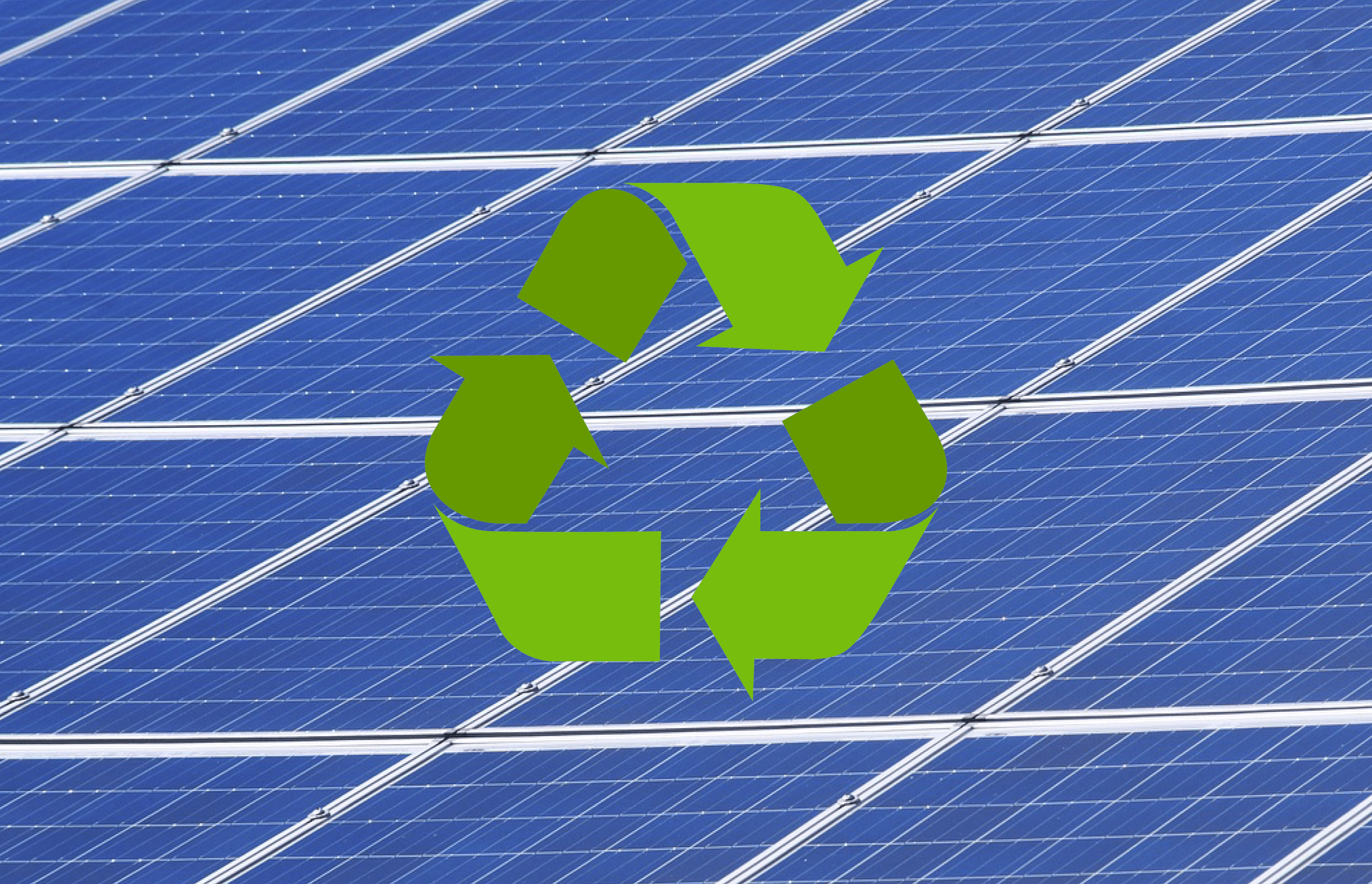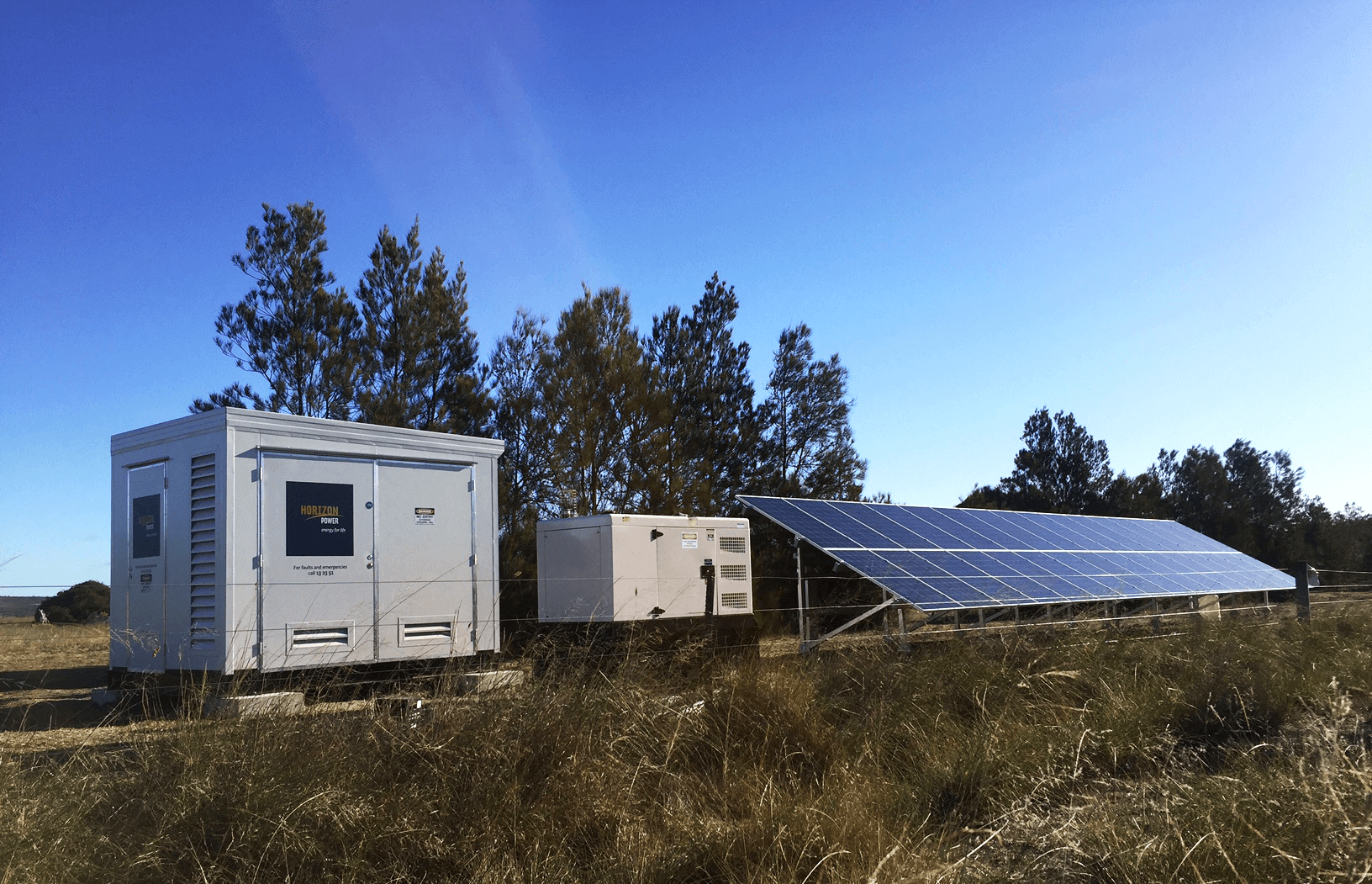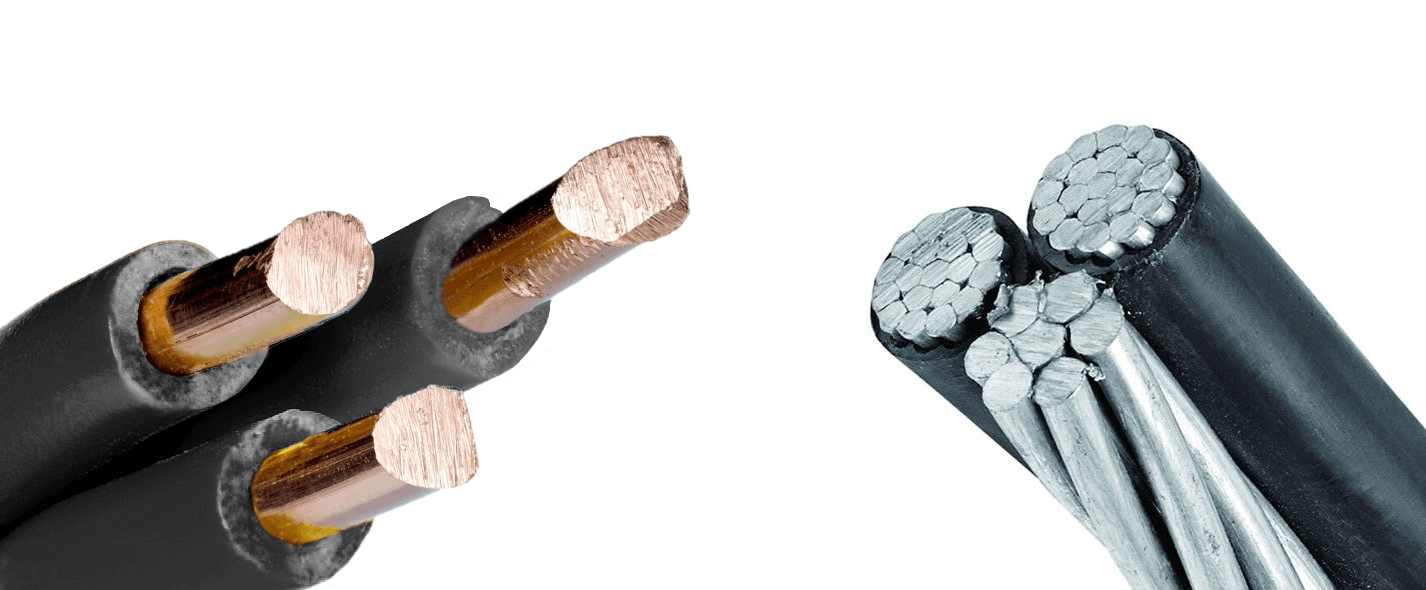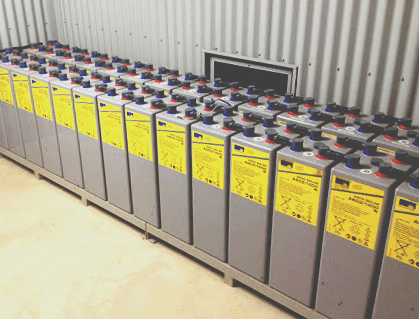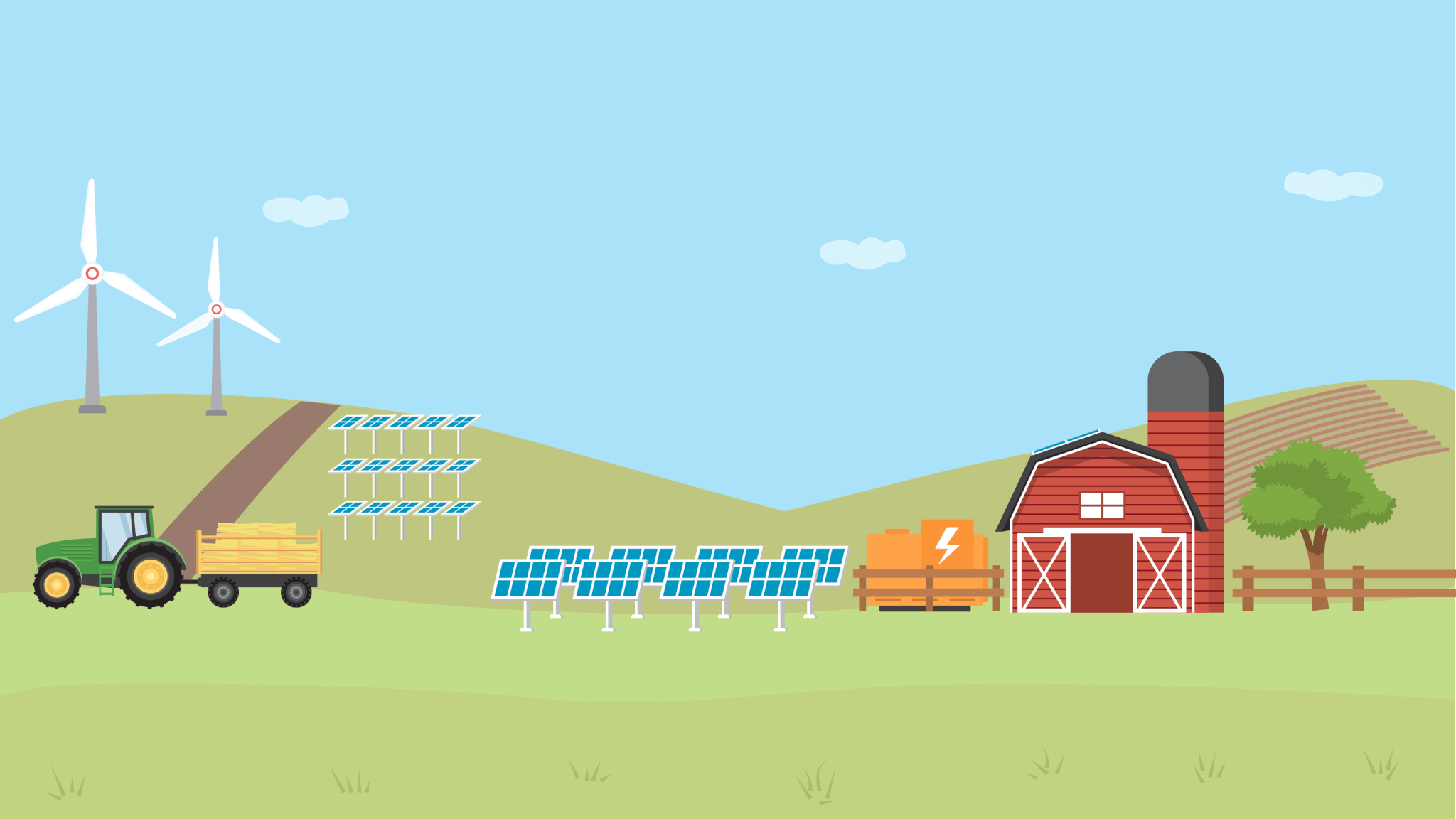Introduction Protection coordination/selectivity With utilities and DNSPs becoming strict on network applications, protection coordination studies are becoming more prevalent and often are requirements before connecting and energizing a grid connected PV system. Therefore, it is important that circuit breaker and other protective device coordination is achieved before installing the system, as this can cause unwanted […]
Category: Technical Articles
To maintain our position as the preferred knowledge network for the industry and commerce of renewable energy innovation & technology, GSES communicates factual, up-to-date and evidence based information for publication. These include information on the issues surrounding DC circuit breakers, earthing fundamentals, how to sell solar, and information on isolator enclosures.
Recycling Solar Panels
Most solar panels or PV (photovoltaic) modules have a life expectancy of 20-30 years unless they become damaged, defective or need to be replaced due to decrease in efficiency. The amount of PV modules which are to be decommissioned is anticipated to increase rapidly in the coming years, as the early adopters of the solar […]
Stand-Alone Power Systems Unleashed for Networks
Horizon Power’s SAPS system at Cape Le Grand, east of Esperance. (Source: Horizon Power) On 30th May 2019 the Australian Energy Market Commission (AEMC) released its final report on the “Review of the Regulatory Frameworks for Stand-Alone Power Systems – Priority 1”. The report sets out the recommendations from the Commission for regulatory change which allows […]
Sizing DC Isolators with AS/NZ 5033:2014 – Changes in Amendment 2
AS/NZS 5033:2014 Amendment 2 changes to sizing DC isolators came into effect on 28th June 2019. The new requirements simplify the process of selecting an isolator and ensure that thermal effects are taken into account. It addresses fire risk issues and improves design and installation practices. This is an essential part of Grid Connected Solar Design […]
Aluminium vs Copper DC Cables: Which is better?
Copper is by far the most widely used conductor in electrical wiring. It benefits from high conductivity and corrosion resistance, making it perfect for a wide range of applications. Due to high demand however, it is significantly more expensive when compared to alternatives such as aluminium. We we will clear up the debate of Aluminium […]
Oversized PV arrays and Battery Days of Autonomy in Stand-Alone Power systems
Introduction Battery energy storage is essential to stand-alone PV power systems relying on intermittent renewable energy as the primary generation source, and the sizing of this battery storage has long been a critical and sometimes contentious issue in the industry. Due to the nature of stand-alone power systems, it is always necessary to size the battery […]
Which mounting solution is best for the job: The impact of constraints on PV mounting solutions in large-scale projects.
Large-scale ground-mount PV solar projects now have a multitude of mounting options. Single-axis tracking solutions are now more affordable than ever and new mounting designs have been introduced to the market, each with their own benefits and limitations. Every project is unique and has its own set of constraints and design challenges, one of which […]
A Case of Pitch: The effect of a North-South split pitch on array output and a rethink of optimum design
Any PV installer or system designer knows that, in Australia, orienting a system north would enable the maximum year-round generation. For sites where a north facing pitch is not readily available, east west array is often considered the next best solution. Intuitively, south facing arrays do not make sense, and systems have been designed insofar […]
Hydrogen Energy in Australia: Do the numbers make sense?
Australia is one of the luckiest countries in the world in terms of natural resources. The future of Hydrogen Energy in Australia is in the news and will be for some time. Here is the US Central Intelligence Agency comment on Australia’s natural resources: Natural Resources: bauxite, coal, iron ore, copper, tin, gold, silver, uranium, […]
The Growing Potential of Stand-Alone Power Systems
Stand-Alone Power Systems (SAPS) have been an alternative and a solution for many decades to power devices, telecommunications, buildings and communities that experience practical or financial barriers to grid electrification, be it in rural areas or in developing countries. SAPS have been used to provide small scale portable lighting, water pumping, and power for general […]


